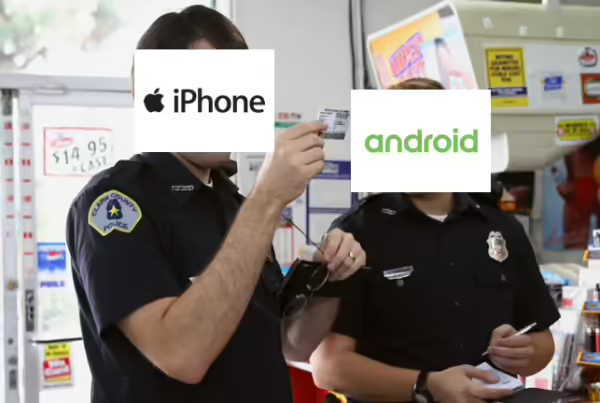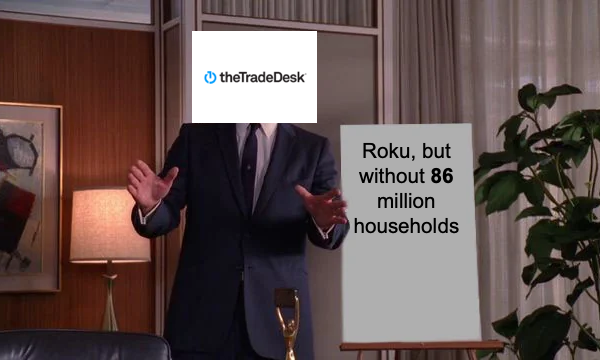The average cable company loses $32 in revenue when a subscriber drops pay-TV for broadband only.
The average cost for broadband is $49 when combined with a pay-TV package.
The price increases by 35% to $66 when sold without pay-TV.
Quote from John Hodulik — Analyst @ UBS.
“MSOs would need to raise standalone broadband pricing to $80, or more, in order to break even from a contribution perspective,”
Previously on SOTS. AT&T may be plotting to revolutionize TV advertising
Another growth opportunity is in addressable advertising.
Quote from John Stephens — CFO @ AT&T.
“Taking the viewership data, the data insights that we know that comes off our networks because we’re the delivery system. We deliver it, so we know what goes to the homes, what’s there. And on our addressable advertising, we’re getting close to $35, $40 CPMs. On our average, on our regular total advertising, it’s probably closer to $12, $13, so 3x that amount. That’s the reason for excitement. We’re getting that today, albeit as a distributor, you get 4 commercial slots an hour. As a content owner, you get 24 commercial slots an hour.”
Here is how the math works:
1) Advertiser — They are willing to pay a higher CPM $ if the effective cost to reach the target is less than carpet bombing (linear).
2) Publisher — They are willing to sell addressable media if the average CPM $ is higher (after tech/data costs) than linear.
The below example has 68% of new costs (data + ad tech) but is better for the advertiser once their target audience is less than 33% of linear viewership.
Think auto intenders, swing voters, etc.




